 The story opens with a dirt-smeared, matted-haired monk being carried out of a cave at the end of a three-year mediation retreat and afterwards being rewarded the rank of kenpo. Despite his elevation of the rank of teacher, Tashi remains afflicted by dreams of the erotic, dreams that cause him to question his vows, vows that he has kept since entering the monastery as a child of five. He wonders how the rest of the world lives, how the Buddha himself once lived before giving up his princely life to search for enlightenment. Sometimes, Tashi reasons, we must own something in order to renounce it.
The story opens with a dirt-smeared, matted-haired monk being carried out of a cave at the end of a three-year mediation retreat and afterwards being rewarded the rank of kenpo. Despite his elevation of the rank of teacher, Tashi remains afflicted by dreams of the erotic, dreams that cause him to question his vows, vows that he has kept since entering the monastery as a child of five. He wonders how the rest of the world lives, how the Buddha himself once lived before giving up his princely life to search for enlightenment. Sometimes, Tashi reasons, we must own something in order to renounce it.Driven by an encounter with a beautiful village girl, he leaves the monastery to find her, figuratively and literally crossing a river, leaving his monk's robes on the bank and entering completely and wholly the world of samsara, our ordinary, work-a-day world known to the Buddhists as the realm of illusion, desire, hatred, and suffering.
There Tashi finds Pema, the village girl of his dreams, and a life of happiness and fulfillment as a husband, father, and farmer. In this life he encounters also much suffering in jealousy, deceit, anger, rage, physical violence, and most deeply in his own sexual desire, which leads to betrayal, infidelity and loss of self-esteem.
Unlike in many films in which these subjects would be weighted down with cloying dialog, director Nalin Pan cuts talk to a minimum, communicating with the viewer through the actors' expressions, the movement of camera, and through Cyril Mornin's music (as performed by Bulgarian Symphony Orchestra). With a handsome cast and the stunning vistas of the Himalayan foothills of Ladakh, India to fill out the camera, Samsara is a beautiful film for the eye and ear.
It also offers something for the mind, including an ambiguous ending that will leave you wondering which road Tashi chooses. Just as he is to head over the bridge leading to his monastery, where he has decided to return after his infidelity, he comes across his wife Pema, who ends the film with a series of penetrating questions on the relationship between the sexes and the role of women in Buddhism.
The question of Tashi's final direction is in the end put to the viewer - what are your desires? Where do they lead you? How can you make a meaningful life?
#
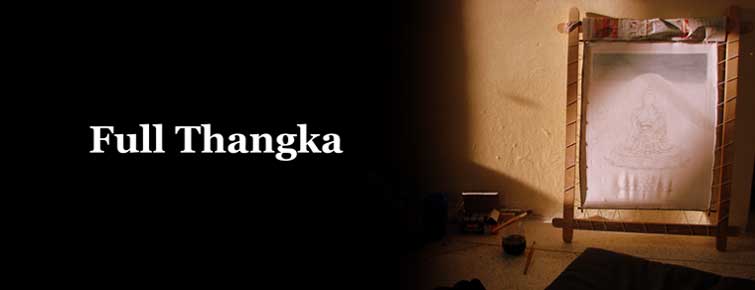














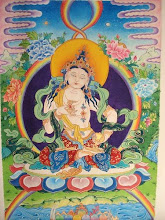


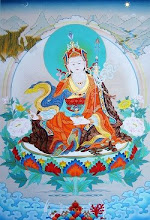




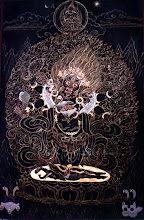
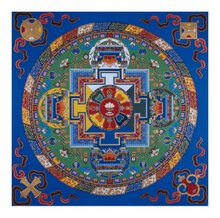


0 comments:
Post a Comment